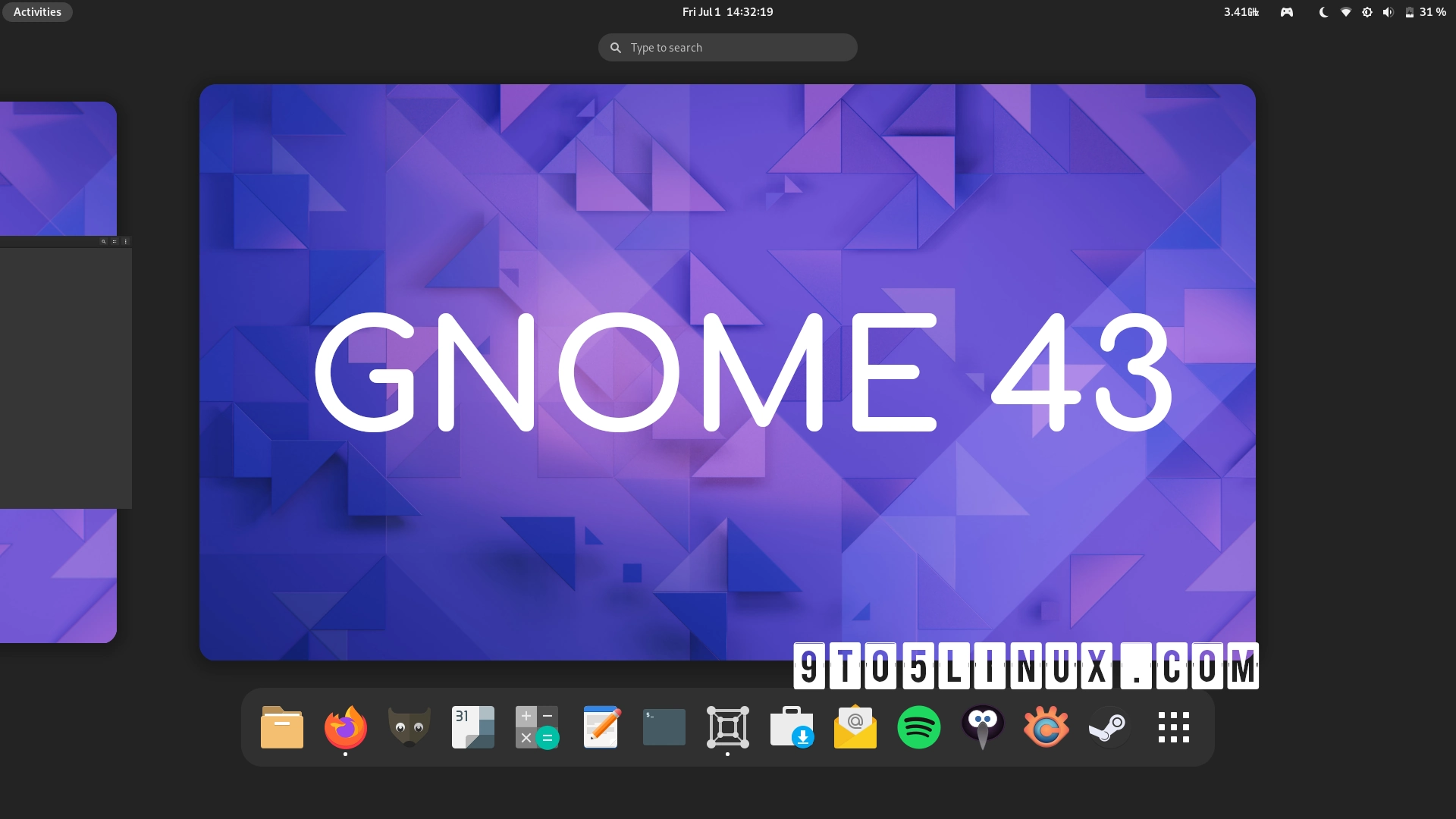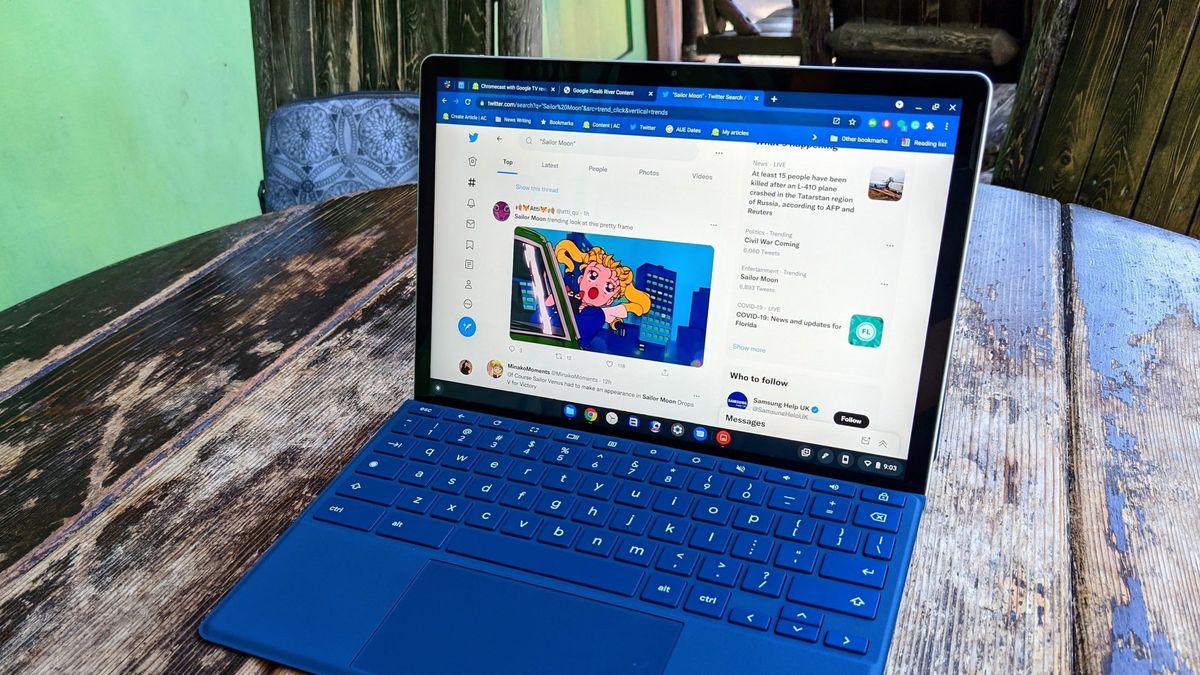One of the coolest features of Windows 11 is Android app support. However, it’s not the first desktop operating system to do so. Chrome OS has included the Google Play Store for years. Which platform does it better?
Technically, Windows 11 isn’t even the first version of Windows capable of running Android apps. Emulators like Bluestacks have made this possible for quite some time. Windows 11’s implementation, however, is much better and more like the way Chrome OS does it.
RELATED: Why Windows 11 Android Apps Are Better Than BlueStacks
How it works
There’s a lot of technical stuff going on behind the scenes to make Android apps work on Windows and Chrome OS. After all, these apps were never designed for other operating systems. So how are Windows 11 and Chrome OS doing?
Windows 11 uses Intel Bridge Technology (IBT) to achieve this. The technical term for IBT is a “runtime post-compiler”. Essentially, a compiler tells your computer how to use the code in the application. A Publish-compiler takes this code and translates it.
So what happens is that Android apps are recompiled by IBT with everything they need to run on Windows 11. At its core it’s still a form of emulation, but it’s a much more native experience.
Things are a bit easier on the Chrome OS side. Chrome OS and Android are based on the Linux kernel. The Android runtime is deeply integrated with Chrome OS. It’s what translates the app’s code into native instructions that Chrome OS needs to understand.
Chrome OS basically has a full Android environment running in a container. Android apps are isolated from the rest of the operating system – Windows 11 is the same way. But it’s not really emulation. Chromebooks simply have two built-in operating systems.
RELATED: This is how Android apps work on Windows 11
Amazon Appstore vs. Google Play Store

For consumers, there’s really only one major difference between Android apps on Windows 11 and Chrome OS. You install Android apps on Windows 11 from the Amazon Appstore, while Chrome OS has the Google Play Store.
The Amazon Appstore is probably the second-best repository of Android apps, right behind the Play Store, of course. It’s the same app store that comes to Amazon Fire tablets. However, it is still far behind the Play Store.
If you’re buying a computer based solely on where it can easily get Android apps, Chrome OS is the clear winner. That being said, running Android apps shouldn’t be the primary use of Windows 11 or Chrome OS. It’s not something you would want to use exclusively.
RELATED: How to Install Android Apps on Windows 11
side loading

The Amazon Appstore may be lacking, but Windows 11 has one saving grace: it’s super easy to sideload any Android app. In fact, it might be a bit easier than Chrome OS.
On Chromebooks, you need to switch to the Dev Channel to download Android APKs. This completely wipes your Chromebook’s storage and returns it to factory settings. Chrome OS syncs most things, so it’s not a big deal, but it’s a bit annoying.
The Windows 11 sideloading setup process is long, but it only needs to be done once. After the initial setup, sideloading APKs is as easy as typing a few lines of text on the command line.
RELATED: How to Sideload Android Apps on Windows 11
The important thing to know is that it is possible to run Android apps on both platforms. Somehow, you can run just about any Android app or game on Windows 11 and Chrome OS. This does not mean that all applications will work Good, yet.
Neither operating system handles Android apps better than the other. It comes down to ease of use. The Google Play Store is unquestionably better than the Amazon Appstore, but there are plenty of other desktop apps available to you on Windows 11 as well.
Android has arrived on the desktop. Whether it matters or not is up to you.




